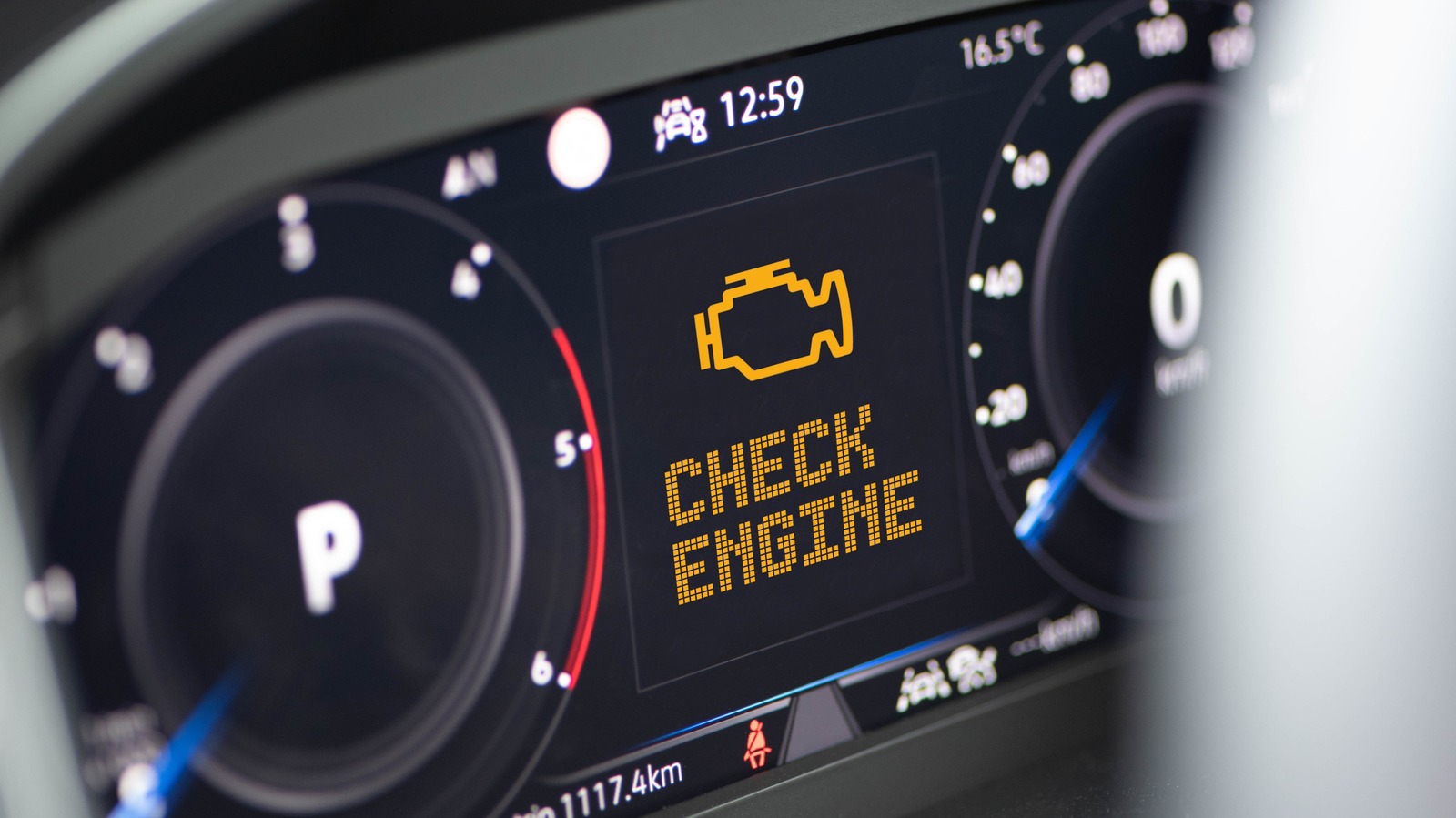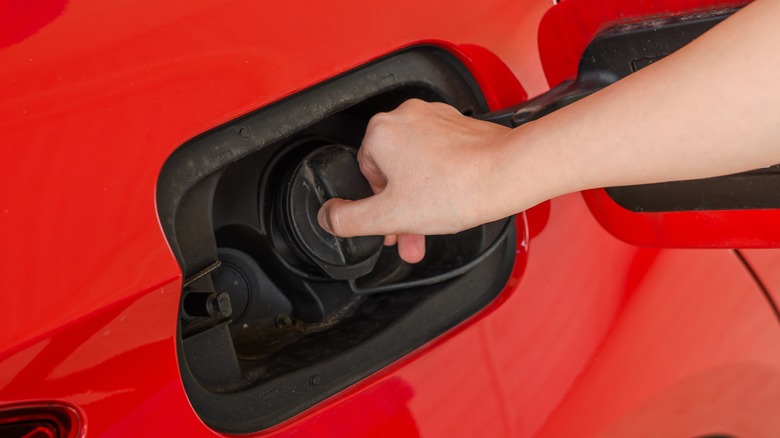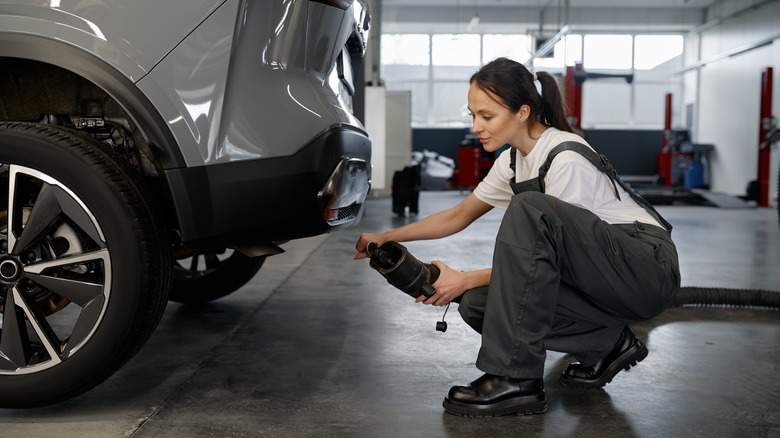If there’s anything that can kill a driver’s good mood, it’s being out for a cruise, music blasting, and suddenly one of the lights on the dashboard illuminates. That said, a warning to check the fuel cap is one of the most benign outcomes of this scenario, except for maybe low windshield washer fluid. Some vehicles will tell you outright that the fuel cap is loose, while others will display a generic “check engine” light. In the case of the latter, a OBD2 scanner that you either own or can probably borrow from an auto parts store can be used to isolate the a loose fuel cap as the culprit.
In an ideal world, you can just hop out in a safe spot and give the fuel cap a few extra clicks, extinguishing the alert. Or perhaps you accidentally left your fuel cap on top of the gas pump after your most recent fill-up? That’s embarrassing, but hey, it might still be there if you hurry back. However, if those quick fixes fail to reset the warning indicator, you might have a more serious issue.
Check the fuel cap’s gasket first
Modern vehicles have what’s called an Evaporative Emission Control System (EVAPs) which is designed to prevent fuel vapors from escaping into the atmosphere. Gas fumes are not only flammable, after all, but also contribute to air pollution. EVAP systems vary, but typically involve a slight vacuum pressure to trap fumes and a charcoal canister to store them until the engine can later burn the vapors off alongside regular fuel.
A message to check the fuel cap may be taken at face value, but it can also signal a leak in the EVAP system that’s not necessarily caused by the fuel cap itself. If a finding or tightening a lost or loose fuel cap doesn’t solve the issue, the next step is to take a peak at the underside of the cap. There should be an o-ring or gasket that seals the cap to the metal fuel filler tube and if that gasket is missing, worn, or excessively dirty, it could cause a leak. It may be possible to source a replacement gasket for some vehicles, but otherwise, a new cap is required — which could be a locking model to thwart gas thieves.
It could be a faulty EVAP system
Once the cap itself has been eliminated as the reason for a persistent “check gas cap,” warning light, it’s probably time to schedule an appointment with your mechanic. That’s because the issue likely lies with the EVAP system components, and could include cracked or loose hoses, a faulty purge valve, or a leaking charcoal canister. There could also be a leak present where fittings enter and exit the fuel tank itself, like the fuel filler neck.
Besides being merely annoying, a persistent “check fuel cap” warning can result in difficult starts, a rough idle, poor engine performance, and decreased fuel economy. It can also cause your vehicle to fail an emissions test, if your state performs those as a condition to renewing your registration. Some states, like New Jersey, will fail a vehicle if the check engine light is on, regardless of whether it’ll pass the actual emissions portion of the test or not.





